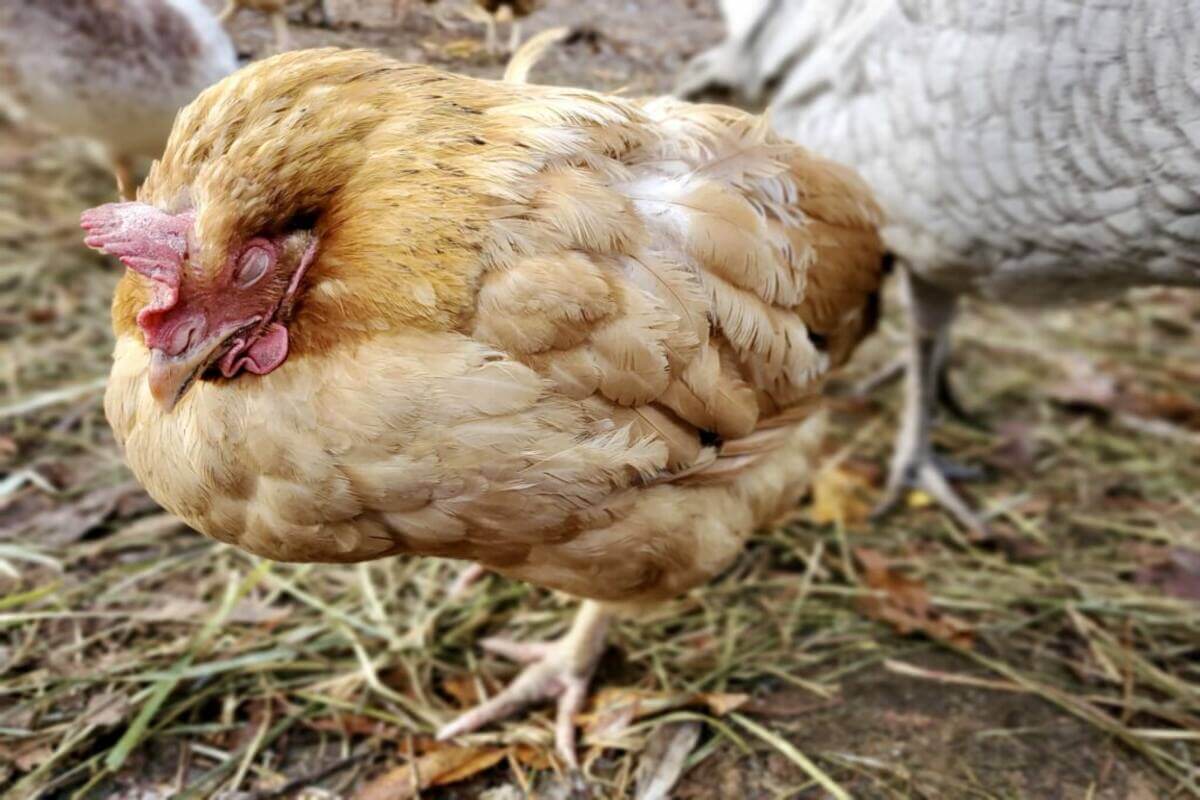- Ce sujet est vide.
- AuteurMessages
- mars 13, 2025 à 1:13 am #591389

Coccidiosis, a parasitic disease affecting the intestinal tract of broiler chickens, can severely impact poultry production.
Understanding how to treat coccidiosis effectively is crucial for maintaining flock health and preventing economic losses. Prompt and appropriate treatment can mitigate the disease’s effects and restore bird health.
1. Identifying and Diagnosing Coccidiosis
Accurate diagnosis is the first step in treating coccidiosis. Symptoms include bloody droppings, ruffled feathers, lethargy, and decreased appetite. Microscopic examination of fecal samples can confirm the presence of coccidia oocysts. Early detection is essential for effective treatment. Recognizing the early symptoms allows for quicker intervention.
2. Utilizing Anticoccidial Medications
Anticoccidial drugs are the primary treatment for coccidiosis. These medications can be administered through feed or water. Ionophore anticoccidials, such as monensin and salinomycin, are commonly used. However, it’s crucial to follow withdrawal periods before slaughter to ensure drug residues do not enter the food chain.
Rotating anticoccidial drugs can help prevent resistance development. Following proper drug usage is vital for effective treatment.
3. Implementing Supportive Care
Supportive care plays a crucial role in helping broilers recover from coccidiosis. Providing electrolytes and vitamins in the drinking water can help replenish lost nutrients and maintain hydration. Ensuring a clean and dry environment reduces stress and promotes healing. Good sanitation is essential for recovery.
4. Maintaining Proper Sanitation and Hygiene
Preventing the spread of coccidiosis involves maintaining proper sanitation and hygiene in the poultry house. Regularly cleaning and disinfecting feeders, waterers, and litter material reduces the oocyst load. Adequate ventilation and dry litter conditions help prevent the buildup of moisture, which favors coccidia survival. Regular cleaning is a key component of prevention.
5. Implementing a Coccidiosis Vaccination Program
Vaccination is a proactive approach to preventing coccidiosis. Live coccidiosis vaccines can be administered to broiler chicks to stimulate immunity.
Vaccination programs should be tailored to the specific needs of the farm and consider the local coccidia strains. Vaccination is a preventative action that can reduce outbreaks.
In conclusion, knowing how to treat coccidiosis in broiler chickens is essential for poultry farmers. Prompt diagnosis, appropriate medication, supportive care, and strict sanitation practices are key components of effective treatment. Implementing a vaccination program can provide long-term protection against this debilitating disease.
Read Also: Agrited Vaccination Schedule for Broilers
- AuteurMessages
- Vous devez être connecté pour répondre à ce sujet.

